From stiff studio portraits to sweeping cinematic love stories, the evolution of wedding photography tells us just as much about culture, technology, and values as it does about couples.
Wedding photography isn’t just about preserving memories—it’s a reflection of the times. From the first black-and-white prints of unsmiling couples to today’s golden-hour editorial spreads, the story of how we photograph weddings is deeply tied to how we understand love, family, and identity.
Here’s how wedding photography evolved across generations—and what it reveals about us.
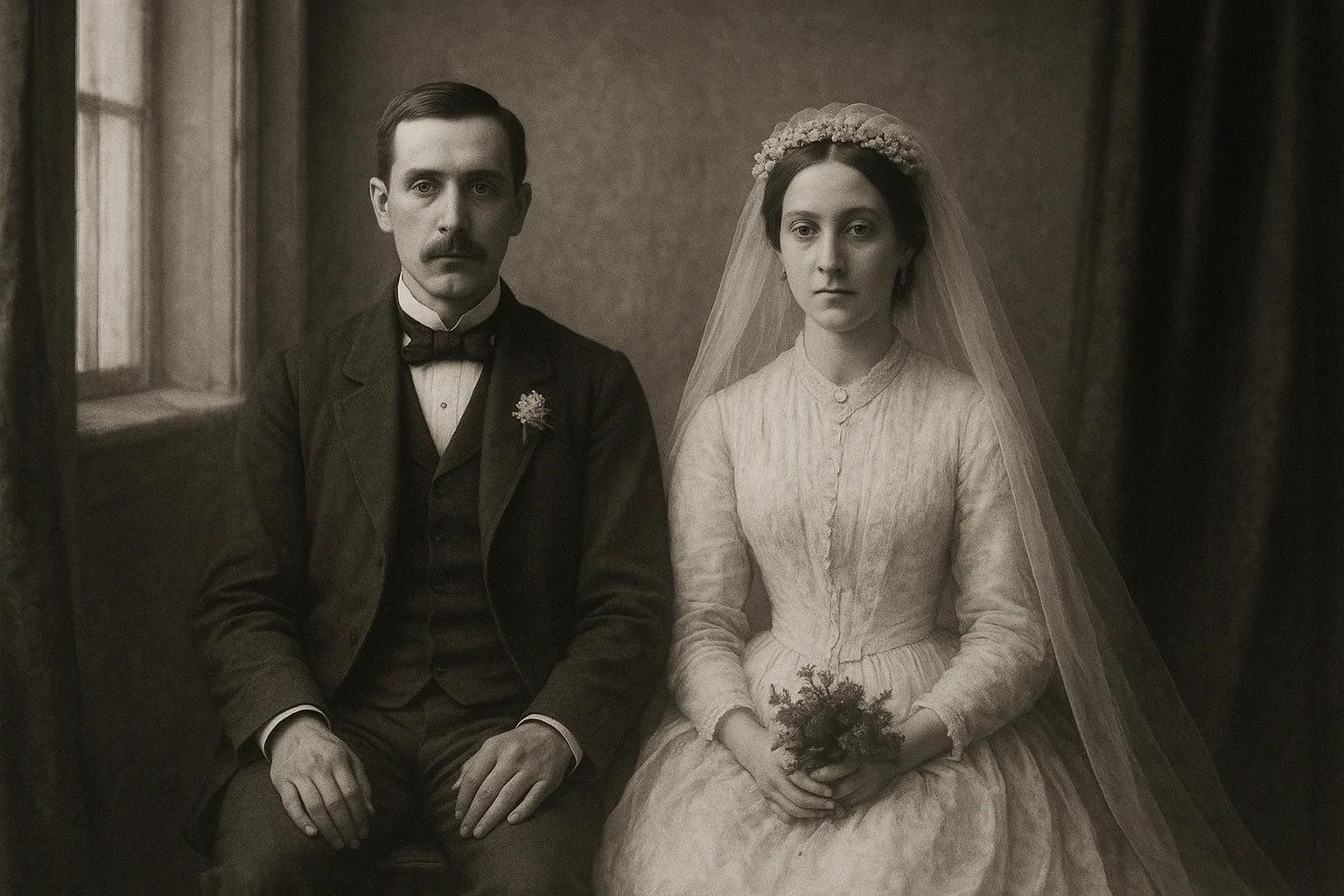
The 1800s: The Studio Portrait Era
The earliest wedding photographs weren’t actually taken at weddings.
- In the mid-19th century, photography was still a new and expensive luxury.
- Couples typically visited a portrait studio after the ceremony, dressed in their wedding attire.
- These portraits were formal, stiff, and often taken days or weeks after the wedding.
- Smiling was rare due to long exposure times and social norms.
Photographers were not storytellers—they were technicians, and weddings were rarely documented as events.
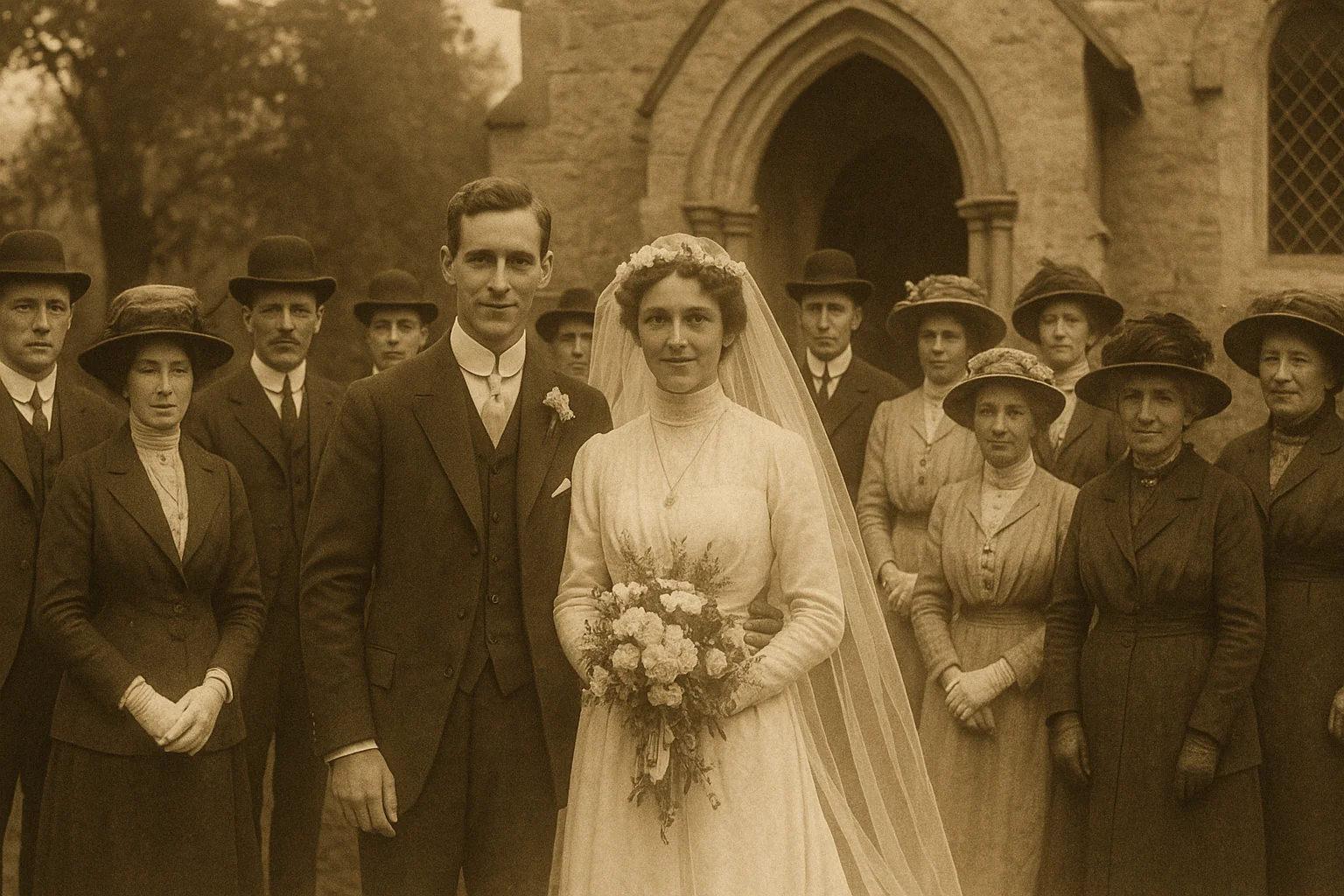
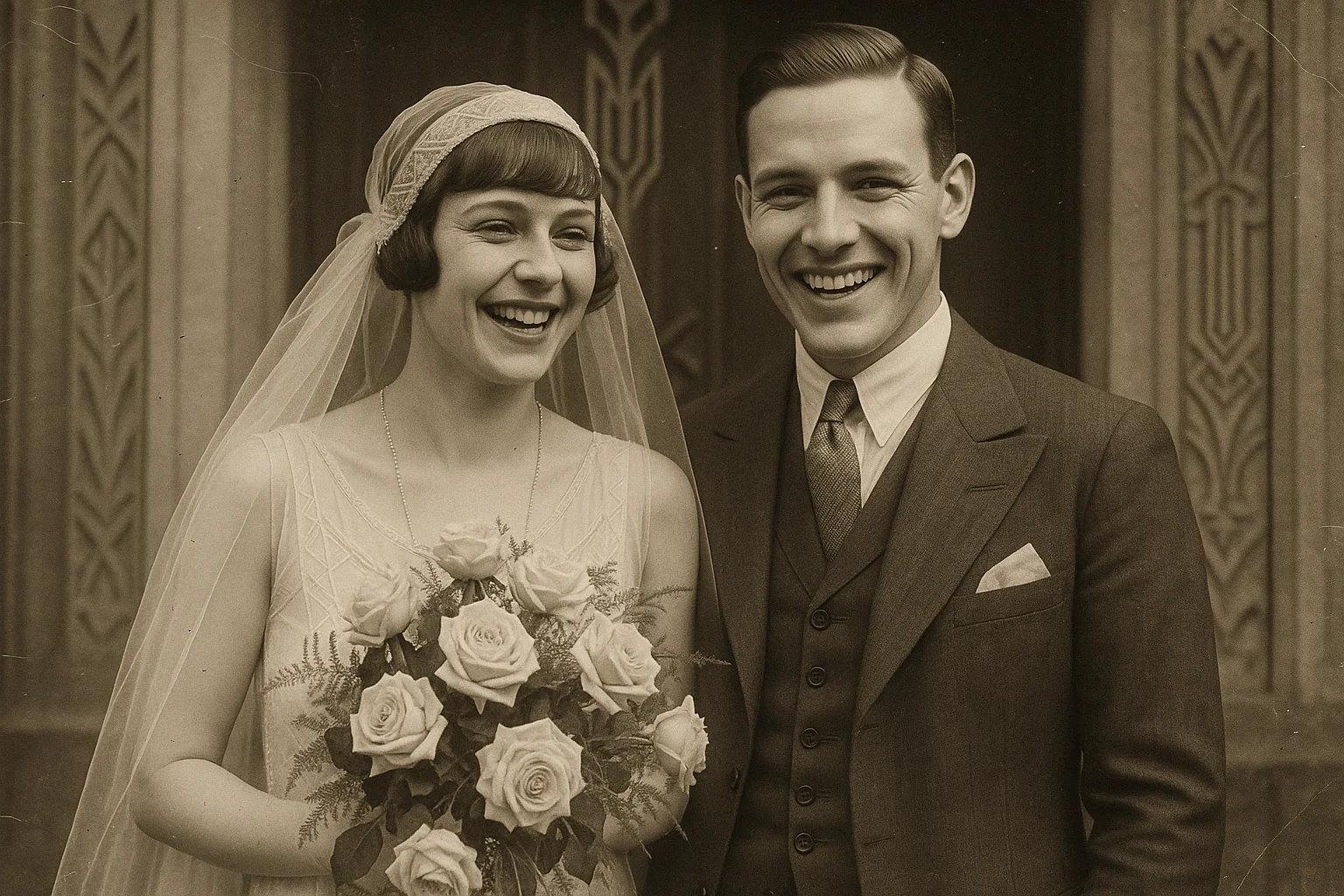
Early 1900s: Technology Shrinks—and So Does the Distance
With the invention of portable cameras like the Kodak Brownie in the early 20th century, wedding photography began to move outside the studio:
- Candid, on-location photos became more feasible—but still rare.
- Weddings were still largely seen as private or religious occasions, with little emphasis on visual storytelling.
- Only wealthier families could afford full coverage.
By the 1930s–50s, photographers began capturing more of the ceremony and reception, especially in urban settings.
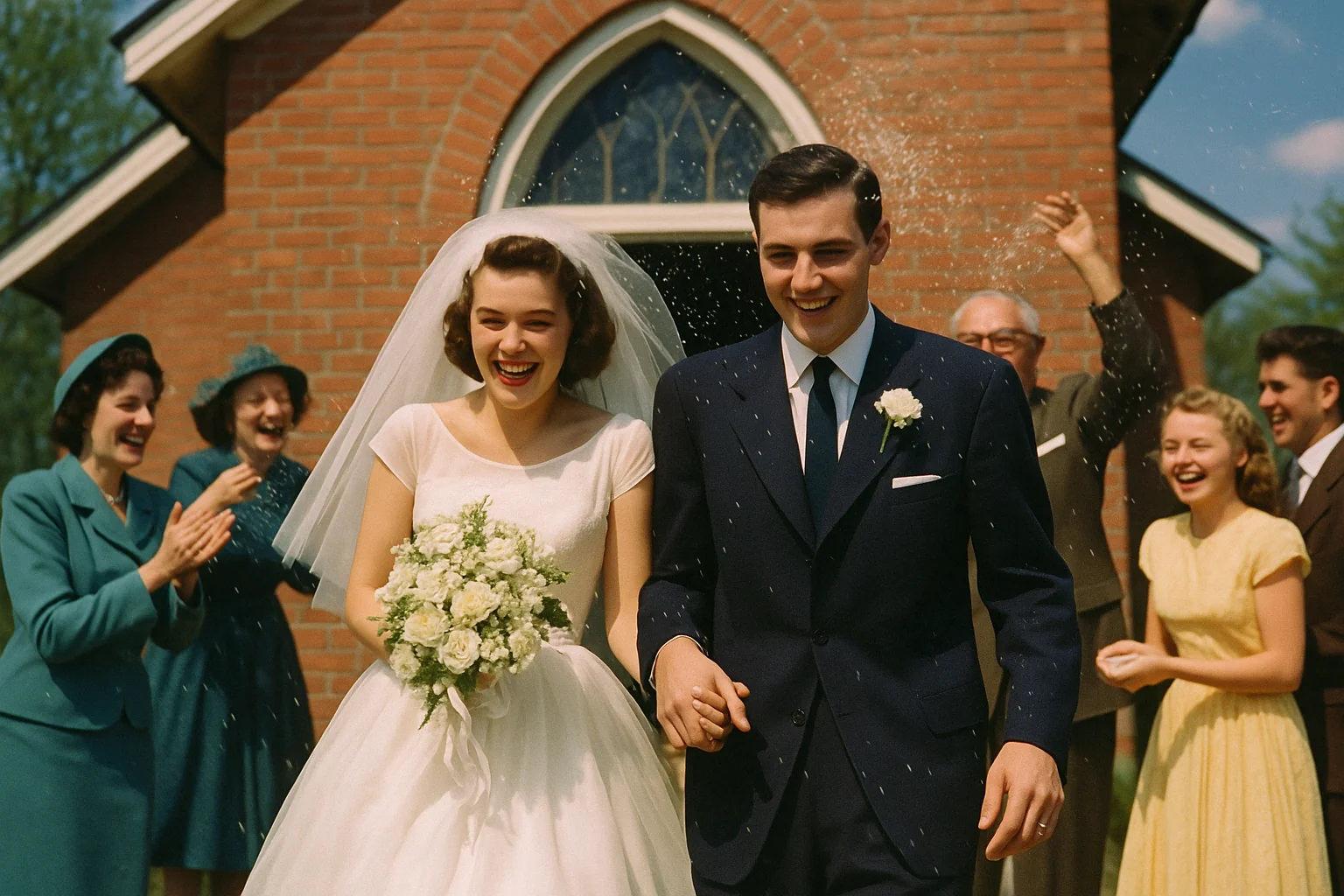
The 1960s–80s: The Birth of the Wedding Photographer
This period saw the rise of the dedicated wedding photographer:
- Professionals began offering package deals that included prep, ceremony, portraits, and reception.
- 35mm film cameras and flash technology improved low-light performance.
- Poses were still formal, but photographers had more flexibility to capture key moments.
- Wedding albums became a standard keepsake, passed between generations.
Photography shifted from post-event formality to on-the-day documentation.
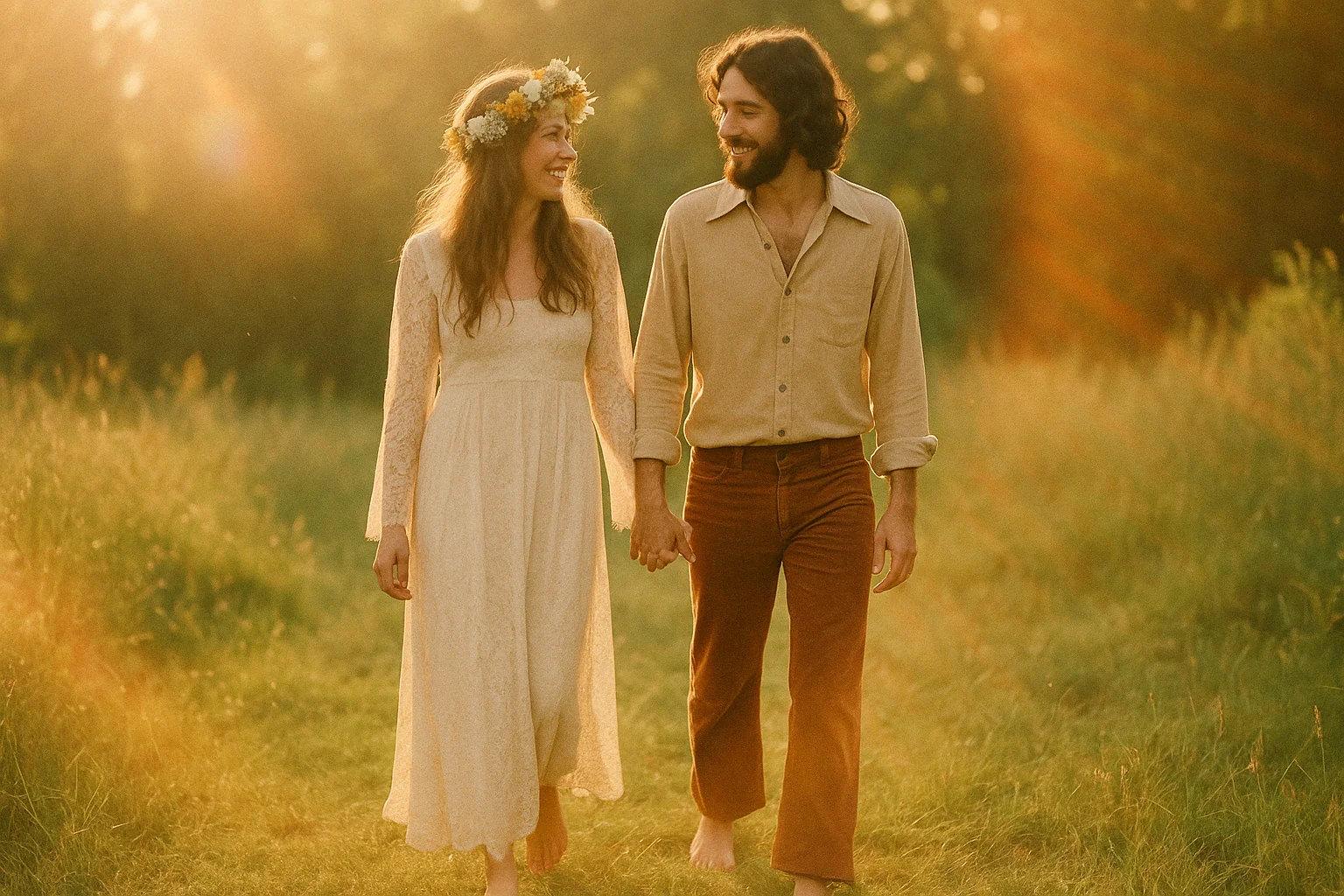

The 1990s–2000s: Film to Digital—and a Style Revolution
The transition from film to digital changed everything:
- Photographers could now take hundreds or thousands of photos without added cost.
- This allowed for more candid, experimental, and narrative-driven work.
- Styles like photojournalism, documentary, and editorial photography gained traction.
- Photoshop and Lightroom changed how images looked—and how fast they were delivered.
Wedding photography became more than record-keeping—it became artistic storytelling.
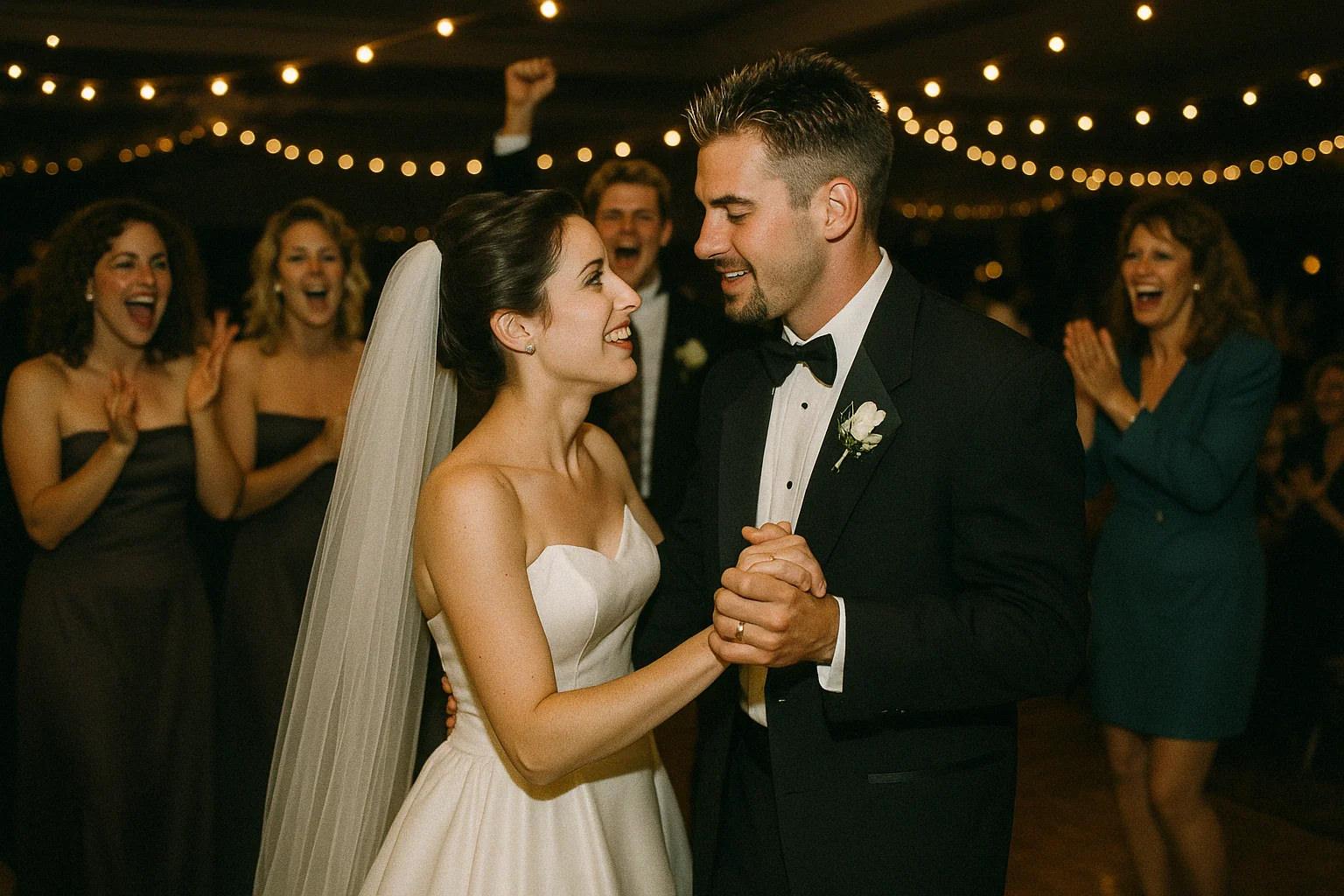
The 2010s–Present: Aesthetic, Identity, and Brand
Today, wedding photography is deeply tied to personal identity, aesthetics, and even politics.
- Social media platforms like Instagram, Pinterest, and TikTok elevated the photographer’s role.
- Styles evolved to include:
– Golden-hour romance
– Editorial/fashion-inspired spreads
– Muted tones vs. film emulation vs. flash/party styles - Photographers became entrepreneurs, educators, and influencers, building personal brands.
Clients now often choose a photographer based not just on portfolio, but on style, values, and personality.

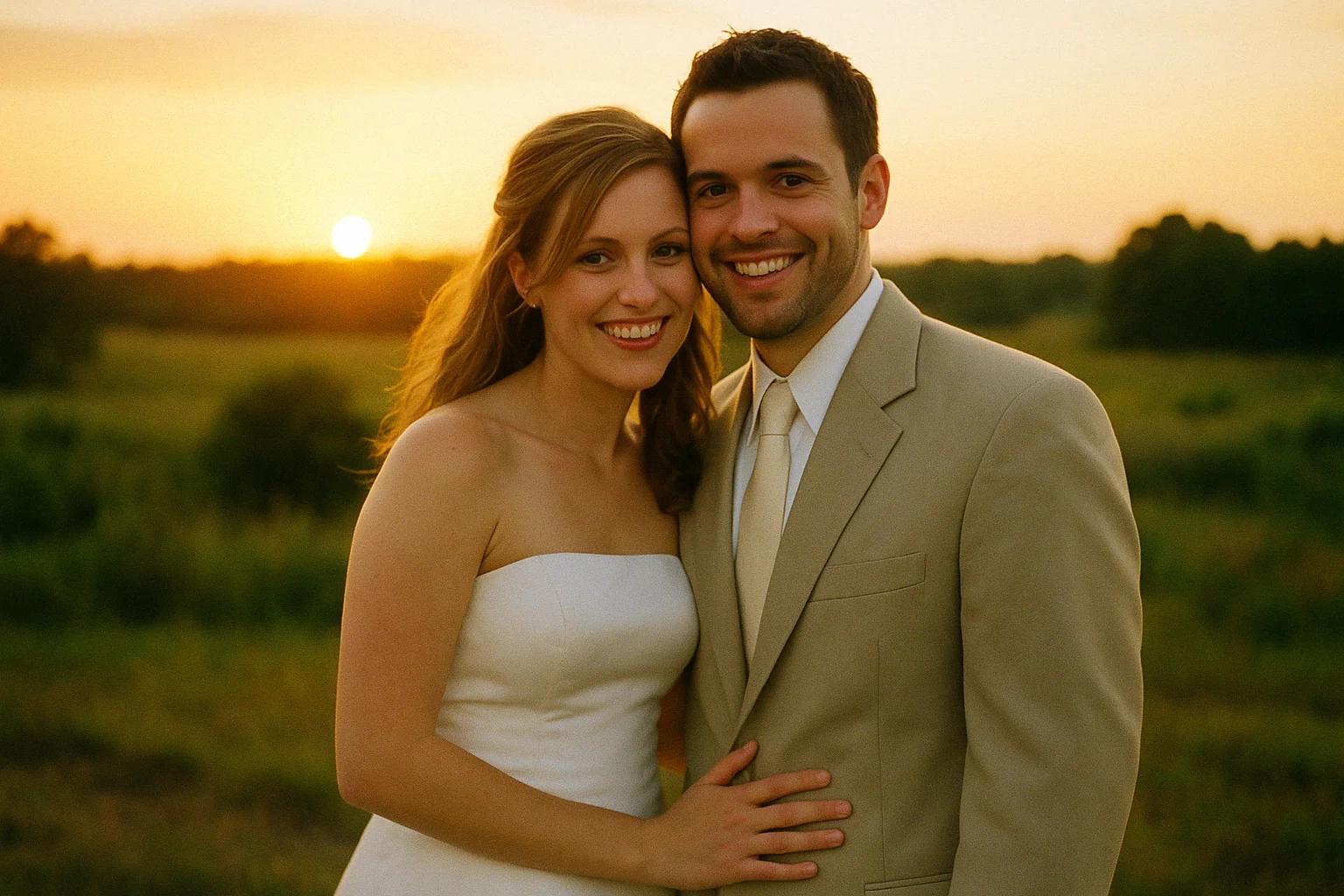
The Craft Today: Visual Anthropology and Emotional Memory
Modern wedding photographers are:
- Storytellers, capturing the emotional arc of the day
- Historians, preserving personal and cultural rituals
- Artists, experimenting with light, motion, and visual metaphor
- Archivists, ensuring that couples of all identities are seen, honoured, and remembered
In Canada’s multicultural landscape, photography is also a tool of representation and inclusion, capturing LGBTQ+ unions, intercultural blends, and chosen family dynamics.
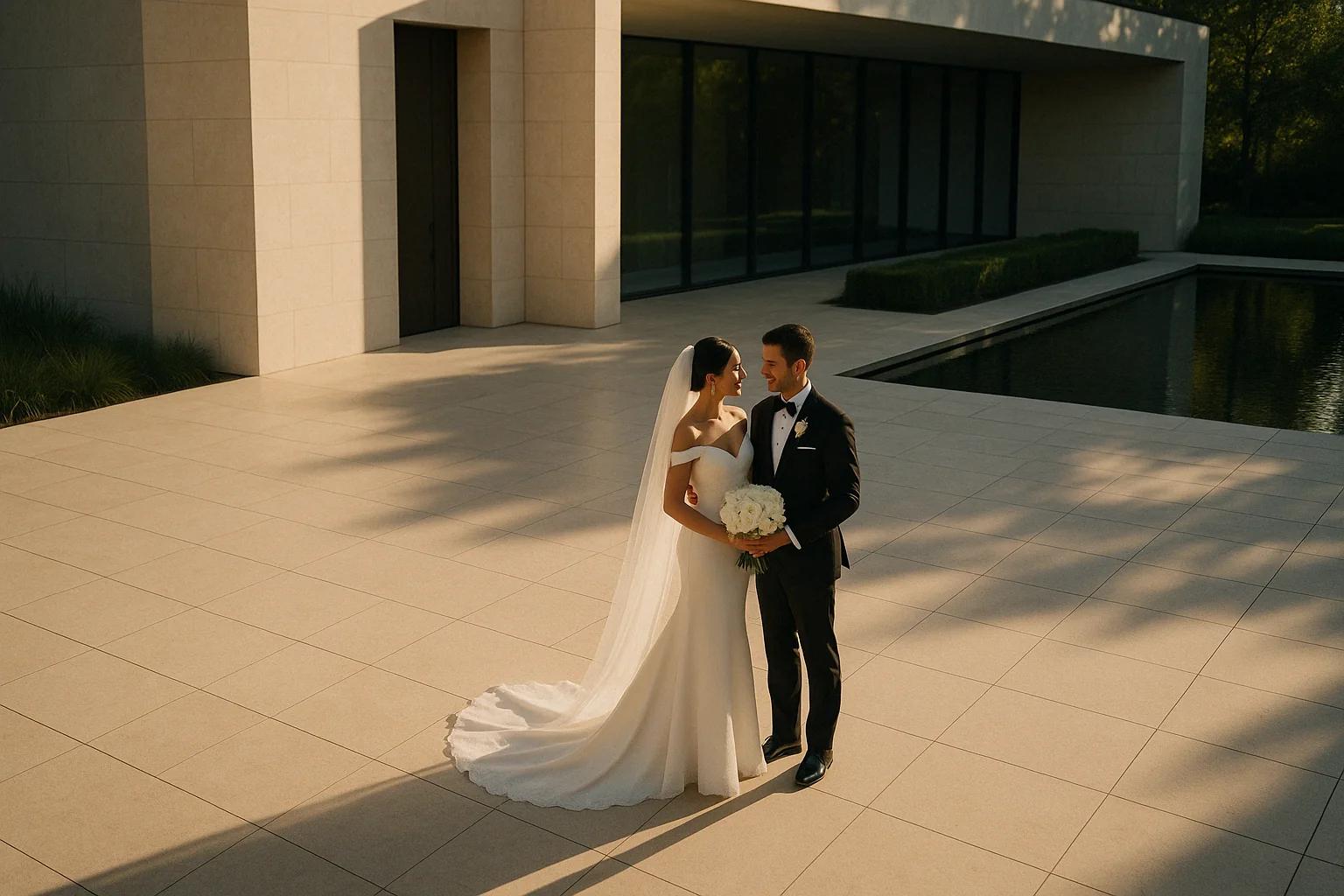
The Future of Wedding Photography: Drones, AI, and Intention
Technology continues to push the craft forward:
- Drone photography offers cinematic scale.
- AI culling and editing tools save hours of post-processing time.
- Mirrorless cameras deliver stunning image quality even in low light.
- Still, the most important elements remain human: trust, presence, and connection.
As weddings become more intentional, so too does the photography that documents them.
Related Reading in This Series:
- From Posed to Candid: How Wedding Photography Styles Evolved
- The First Wedding Photographs Ever Taken
- Film vs. Digital: A Love Story in Two Formats
- The Rise of the Wedding Photographer as Artist and Brand
- How Wedding Photography Changed with the Internet (and Instagram)
- The Role of Wedding Photography in Cultural Memory
- New Frontiers: Drone Photography, AI Editing, and the Future of the Craft